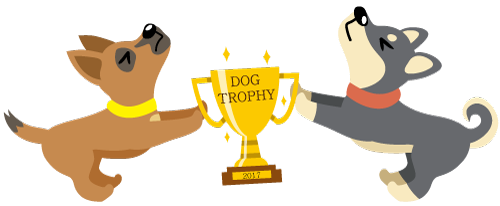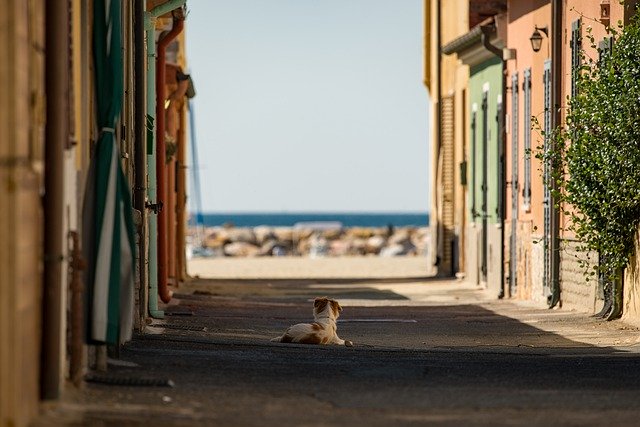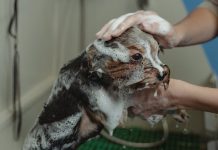Whether the car accident happened on the street, on a country road, or on an open road, do not panic and run out of the car. Remove the vehicle off-road or on the curb – safely so as not to endanger yours and the safety of other road users. Secure the accident site with a warning triangle, turn on all four turn signals, and put on a fluorescent vest.
If you have passengers or passers-by are present, ask them for help in securing the scene of the accident. Only then start helping the injured dog.
Approach the animal with extreme caution. Injured animals, depending on the injury, suffer pain, as a rule they are scared and can react very violently. This includes instinctive defense with potentially dangerous bite wounds to even the most well-meaning people who come to their aid.
The first thing to do is to determine if the animal is breathing. If is alive, it is ideal to call the service that provides emergency veterinary care in such situations. However, let’s be realistic – there is no such service in our country.
If you have the phone number of a veterinary clinic with you, call them, describe the situation, and follow the instructions they will give you.
If it is a pet that has been injured, the following procedures are somewhat easier to perform because the animal is accustomed to the presence and interaction with humans. These dogs are generally already taught to expect and receive help from humans. On the other hand, if it is a street dog, the situation is complicated. Providing first aid on your own and moving an injured dog is not a good idea at that time.
Always think about your safety first. If the dog does not show extremely serious signs of aggression, but even if he accepts your presence very calmly, the first thing to do is to prevent an attempt to bite. Wrap the dog’s muzzle with cloth tape, a piece of rope, or something similar so that it cannot open and bite you. Be careful not to close his nostrils so that he can breathe freely. However, if this causes serious breathing problems, be sure to release the dog from this bandage.
Self-removal from the accident site is by no means recommended. This can cause more pain and even more serious injuries, especially when it comes to spinal injuries. Never pull the dog by holding it by some limb. If there is a danger of traffic, ask for help from someone present. Try to find a flat, solid surface, carefully transfer the injured person to it, and only then transport from the road.
This technique should also be used if you decide to be transported by car to a veterinary clinic, especially if you suspect a spinal injury. If you have a blanket, blanket, towel, or something similar, cover the dog. The shock he experienced leads to a drop in body temperature, which can affect the work of vital organs that are not even injured. This way you will warm it up, warm it up, and reduce energy loss.
If there are visible open wounds that bleed profusely and moderately, use wipes, towels, rags, or anything that can be used to compress (mildly) the wound to stop the bleeding. If you are not trained to provide adequate first aid to an injured dog (these are just veterinarians), never improvise and apply some procedures and procedures that you have read or watched about in movies. The procedures we have given you are quite sufficient to provide the necessary conditions to then quickly transport the injured dog to the nearest veterinary clinic.
There, he will be provided with appropriate help, perform the necessary diagnostic procedures, and apply the necessary therapy. If you do all this, be sure – you have done exactly what is necessary and possible.





